Traveling is an exciting adventure that opens up a world of new experiences and cultures. But amidst the thrill of exploring new places, it’s easy to neglect our fitness routines. Whether it’s due to the lack of familiar workout spaces or the temptation of local cuisines, maintaining fitness while traveling can be challenging. However, with a bit of planning and creativity, you can stay fit and healthy no matter where your journey takes you.
In this article, we’ll explore practical tips and strategies to help you maintain your fitness routine while enjoying the wonders of travel. From planning ahead and packing portable fitness equipment to making smart food choices and staying hydrated, we’ve got you covered. So, let’s embark on this fitness journey, even when you’re miles away from home!
Planning Ahead
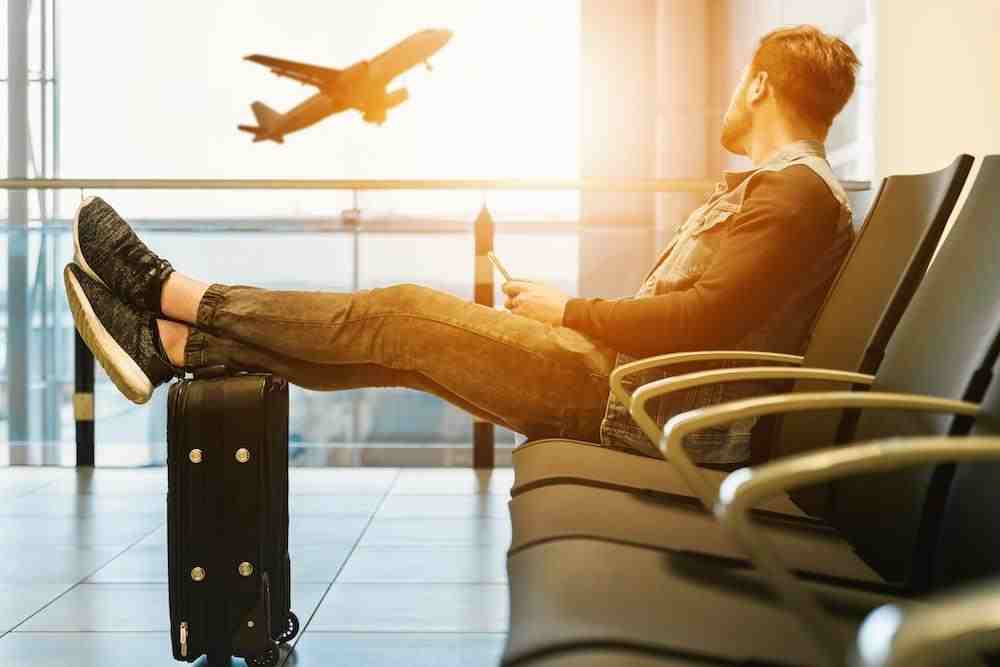
When it comes to maintaining fitness while traveling, planning ahead is crucial for success. Here’s why and how travelers can effectively plan their fitness routines before embarking on their journeys:
- Research Fitness Facilities: Before traveling, research the fitness facilities available at your destination. Check if your accommodation has a gym or if there are nearby fitness centers or parks where you can work out. Knowing your options in advance will help you choose the best fitness environment for your needs.
- Pack Accordingly: If you’re planning to use hotel gyms or fitness centers, make sure to pack appropriate workout attire and shoes. Consider packing lightweight and versatile clothing suitable for different types of exercises and climates. Having the right gear on hand will motivate you to stick to your fitness routine.
- Plan Your Workout Schedule: Take a look at your travel itinerary and schedule your workouts accordingly. Determine which days and times are most convenient for exercising, considering factors like time zone differences, sightseeing plans, and meal times. Blocking out time for workouts in your itinerary ensures that fitness remains a priority during your trip.
- Explore Fitness Options: Research local fitness activities and attractions that align with your interests and fitness goals. Consider trying new activities unique to your destination, such as yoga on the beach, hiking in scenic landscapes, or participating in group fitness classes. Exploring fitness options specific to your travel destination adds excitement to your workout routine.
- Utilize Technology: Leverage fitness apps, websites, and online resources to plan and track your workouts while traveling. Download workout apps that offer travel-friendly exercises, fitness challenges, or guided workouts suitable for various fitness levels. Use fitness trackers or smartwatches to monitor your activity levels and stay motivated to reach your fitness goals.
By planning ahead and incorporating fitness into your travel plans, you’ll be better equipped to stay active, energized, and healthy throughout your journey.
Portable Fitness Equipment
Portable fitness equipment refers to exercise tools and accessories that are lightweight, compact, and easy to transport, making them ideal for use while traveling or on the go. These items allow individuals to maintain their fitness routines without relying on traditional gym equipment. Some examples of portable fitness equipment include:
- Resistance Bands: These elastic bands come in various resistance levels and can be used for strength training exercises targeting different muscle groups.
- Jump Ropes: Jumping rope is a highly effective cardiovascular workout that can be done virtually anywhere, indoors or outdoors.
- TRX Suspension Trainer: TRX straps utilize suspension training to engage multiple muscle groups simultaneously, offering a full-body workout using just your body weight.
- Yoga Mat: A lightweight and foldable yoga mat provides a clean and comfortable surface for practicing yoga, Pilates, or bodyweight exercises.
- Dumbbells or Adjustable Weights: Compact dumbbells or adjustable weight sets allow for strength training exercises that can be tailored to individual fitness levels.
- Foam Roller: A foam roller is a self-massage tool used to release muscle tightness and improve flexibility, making it beneficial for post-workout recovery.
- Portable Pull-Up Bar: Some pull-up bars are designed to be easily installed and removed from door frames, providing a convenient way to perform upper body exercises like pull-ups and chin-ups.
- Medicine Ball: A lightweight medicine ball can be used for dynamic exercises such as medicine ball throws, twists, and slams to improve strength and power.
These portable fitness tools offer versatility and convenience, allowing travelers to stay active and maintain their fitness goals while on the road, whether in a hotel room, park, or even a beach.
Bodyweight Exercises
Bodyweight exercises are a fantastic way to stay fit while traveling, as they require minimal to no equipment and can be done virtually anywhere. Here are some key bodyweight exercises you can include in your travel workout routine:
Squats: Squats are excellent for strengthening the lower body, including the quadriceps, hamstrings, and glutes. Encourage proper form by squatting as if sitting back into a chair, keeping the chest up and the knees aligned with the toes.
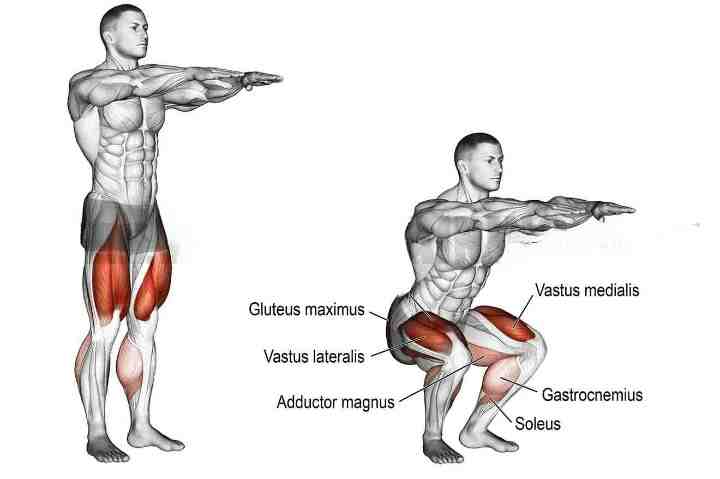
Lunges: Lunges target the quadriceps, hamstrings, and glutes while also improving balance and coordination. Variations include forward lunges, reverse lunges, and walking lunges.
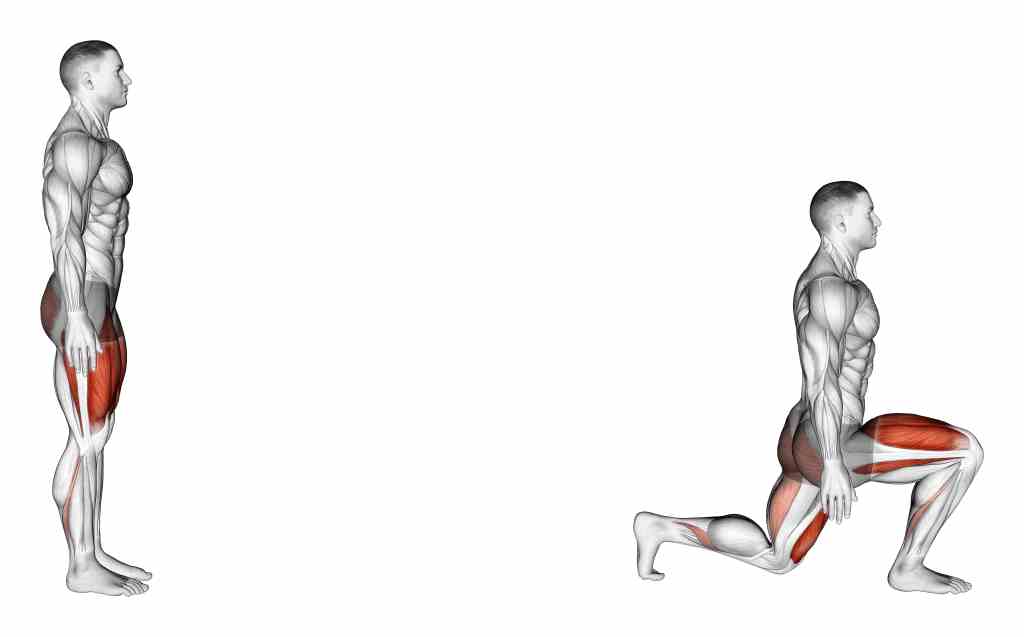
Push-Ups: Push-ups are a classic upper body exercise that target the chest, shoulders, and triceps. Encourage beginners to start with modified push-ups on their knees and progress to full push-ups as they build strength.

Planks: Planks are an excellent core-strengthening exercise that also engage the shoulders, chest, and back. Encourage proper alignment by maintaining a straight line from head to heels and engaging the core muscles throughout the exercise.

Mountain Climbers: Mountain climbers are a dynamic exercise that elevate the heart rate while targeting the core, shoulders, and legs. Encourage quick, controlled movements, alternating legs in a running motion while maintaining a plank position.

Burpees: Burpees are a full-body exercise that combine squats, push-ups, and jumps to provide a high-intensity workout. Encourage proper form by starting in a standing position, squatting down, kicking the feet back into a plank, performing a push-up, returning to the squat position, and jumping explosively into the air.
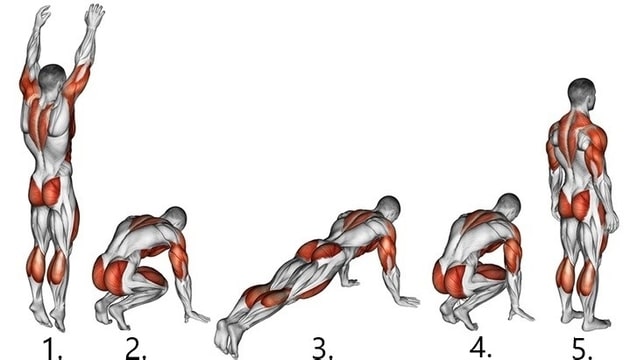
Bicycle Crunches: Bicycle crunches are a dynamic core exercise that targets the obliques and rectus abdominis. Encourage alternating elbow-to-knee movements while keeping the lower back pressed into the ground.

Jump Squats: Jump squats are a plyometric exercise that strengthens the lower body and improves explosive power. Encourage proper form by squatting down, then exploding upwards into a jump, landing softly, and immediately transitioning into the next repetition.
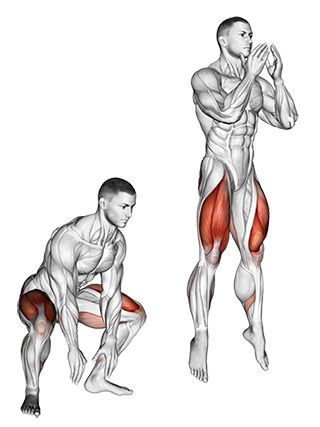
These bodyweight exercises can be combined into a circuit workout for a comprehensive full-body workout while traveling.
Outdoor Activities
Outdoor activities offer a fantastic opportunity to maintain fitness while traveling, allowing you to explore new destinations while staying active. These activities typically take advantage of natural surroundings and can range from hiking and biking to swimming and kayaking.
Hiking is a popular outdoor activity that can be tailored to various fitness levels, from leisurely nature walks to more challenging mountain trails. Biking provides a great cardiovascular workout and lets you cover more ground while exploring your surroundings. Swimming is a full-body exercise that’s gentle on the joints and perfect for hot destinations. Kayaking or canoeing offers a fun way to work your upper body while enjoying scenic waterways.
Engaging in outdoor activities not only provides physical benefits but also allows you to connect with nature, relieve stress, and experience the local culture in a unique way. Whether you’re exploring national parks, coastal areas, or urban green spaces, there are plenty of outdoor activities to suit your interests and fitness level while traveling.
Staying Active Throughout the Day
When it comes to staying active throughout the day while traveling, it’s all about incorporating movement into your daily routine, even if you’re not able to commit to a full workout session. Here are some tips to help you stay active:
- Take Walking Tours: Instead of relying solely on taxis or public transportation, opt for walking tours to explore your destination. Walking not only allows you to soak in the sights and sounds of a new place but also helps you stay active without feeling like you’re exercising.
- Use Active Transportation: If feasible, choose active modes of transportation such as biking or walking to get around the city. Renting a bike or simply walking to nearby attractions can add extra steps to your day and contribute to your overall activity level.
- Take the Stairs: Whenever possible, bypass the elevator and take the stairs. Whether you’re at your hotel, visiting landmarks, or shopping in a mall, stair climbing is a great way to sneak in some extra exercise and elevate your heart rate.
- Explore Parks and Outdoor Spaces: Seek out parks, gardens, and other outdoor spaces where you can engage in physical activities like jogging, yoga, or bodyweight exercises. Many cities have outdoor fitness equipment or designated areas for recreational activities that travelers can take advantage of.
- Schedule Active Sightseeing: Plan activities that involve physical movement, such as hiking to scenic viewpoints, exploring nature trails, or visiting attractions that require walking or climbing stairs. This way, you can enjoy sightseeing while also staying active.
- Stretch and Move During Breaks: If you’re spending long hours sightseeing or traveling, take regular breaks to stretch your muscles and move your body. Simple stretches or quick exercises like squats, lunges, or calf raises can help prevent stiffness and improve circulation.
- Engage in Active Leisure: Instead of spending all your downtime sitting or lounging, look for opportunities to engage in active leisure activities. Rent a kayak or paddleboard at the beach, play a game of beach volleyball, or join a walking tour of historical landmarks.
- Pack Portable Exercise Equipment: Bring along lightweight and portable exercise equipment such as resistance bands, a jump rope, or a yoga mat. These items take up minimal space in your luggage and allow you to squeeze in a workout wherever you go.
By incorporating these tips into your travel itinerary, you can ensure that you stay active throughout the day and maintain your fitness routine even while exploring new destinations.
Maintaining a Healthy Diet
Nutrition plays a crucial role in maintaining fitness while traveling, as it provides the fuel your body needs for physical activity and recovery. Making healthy food choices can be challenging on the road, but with some planning and mindfulness, it’s entirely possible. Here are some tips:
- Prioritize Whole Foods: Choose whole, minimally processed foods whenever possible. Opt for lean proteins like grilled chicken or fish, plenty of fruits and vegetables, whole grains like quinoa or brown rice, and healthy fats like avocados or nuts.
- Plan Ahead: If you know you’ll be traveling for an extended period or to a destination with limited healthy options, consider packing some nutritious snacks. Nuts, seeds, dried fruits, protein bars, and whole grain crackers are all portable options that can help you stay fueled between meals.
- Stay Hydrated: Sometimes thirst can masquerade as hunger, leading you to make less-than-optimal food choices. Keep a water bottle with you at all times and aim to drink plenty of fluids throughout the day, especially in warmer climates or during physical activity.
- Mindful Eating: Pay attention to portion sizes and listen to your body’s hunger and fullness cues. Eating slowly and savoring each bite can help prevent overeating and allow you to enjoy your meals more fully.
- Balance Your Plate: Aim to include a balance of macronutrients (carbohydrates, protein, and fat) in each meal to help keep you satisfied and energized. For example, pair a lean protein like grilled chicken with a side of roasted vegetables and a small serving of quinoa or sweet potato.
- Choose Wisely at Restaurants: When dining out, look for menu options that are grilled, steamed, or baked rather than fried or heavily sauced. Ask for dressings and sauces on the side so you can control the amount you use, and consider sharing larger entrees or opting for appetizer-sized portions to keep portions in check.
By following these tips and making mindful food choices, you can fuel your body effectively, maintain your fitness routine, and feel your best while traveling.
Adapting to Jet Lag and Time Zone Changes
Adapting to jet lag and time zone changes is crucial for maintaining your fitness routine while traveling. Here are some tips to help you adjust quickly:
- Gradually Adjust Your Schedule: Start shifting your sleep and activity schedule a few days before your trip to gradually align with the time zone of your destination.
- Get Sunlight Exposure: Natural light helps regulate your body’s internal clock, so spend time outdoors during daylight hours upon arrival to help reset your circadian rhythm.
- Stay Hydrated: Dehydration can worsen jet lag symptoms, so drink plenty of water before, during, and after your flight to stay hydrated.
- Avoid Caffeine and Alcohol: Both caffeine and alcohol can disrupt your sleep patterns and make jet lag symptoms worse, so try to limit your intake, especially close to bedtime.
- Take Short Naps: If you’re feeling exhausted upon arrival, a short nap (20-30 minutes) can help you feel more alert without interfering with your ability to sleep at night.
- Stay Active: Engaging in light physical activity, such as walking or gentle stretching, can help reduce feelings of fatigue and promote better sleep.
- Consider Melatonin Supplements: Melatonin is a hormone that regulates sleep-wake cycles, and taking a low dose (around 0.5-3 mg) at bedtime in your new time zone may help you fall asleep more easily.
- Be Patient and Flexible: It may take a few days for your body to fully adjust to the new time zone, so be patient with yourself and don’t push yourself too hard with intense workouts during this transition period.
By following these tips, you can minimize the impact of jet lag and time zone changes, allowing you to enjoy your travels while still prioritizing your fitness goals.
FAQs
Q 1. How can I adapt my workout routine to high-altitude destinations?
Ans. Adapting your workout routine to high-altitude destinations involves gradually increasing your altitude exposure, focusing on cardiovascular exercise, strength training, and ensuring proper hydration. It’s also recommended to start training at least three months before your trip.
Q 2. What are some effective mindfulness exercises to complement physical workouts while traveling?
Ans. Mindfulness exercises that complement physical workouts include starting each morning with a gentle yoga flow or stretch session, focusing on deep breathing exercises, and taking breaks throughout the day to move around and stretch.
Q 3. Can you suggest quick, high-intensity workouts for busy travel schedules?
Ans. Quick, high-intensity workouts for busy travel schedules can include interval training with alternating periods of high-intensity movement and shorter periods of rest or light movement. Examples may include 30 seconds of sprinting followed by 30 seconds of walking/jogging.
Q 4. How do I maintain my fitness routine during a long-haul flight?
Ans. During a long-haul flight, you can maintain your fitness routine by engaging in gentle exercises such as lifting your calves, rotating your ankles, tensing and relaxing various muscles, and doing gentle stretches.
Q 5. Are there any specific stretches recommended for after a long day of travel?
Ans. After a long day of travel, recommended stretches include neck extensors, scalenes, trapezius, quadriceps, gluteus maximus, and quadratus lumborum stretches to help unwind and relax the muscles.
Q 6. Can swimming be a good substitute for my regular workouts when on a beach vacation?
Ans. Yes, swimming can be an excellent substitute for regular workouts during a beach vacation. It provides a great cardio workout and can be more challenging due to the ocean’s current and waves.
Conclusion
In conclusion, maintaining fitness while traveling doesn’t have to be a daunting task. With a bit of planning, the right equipment, and a commitment to staying active, you can keep up with your fitness routine no matter where you are in the world. Remember, it’s not just about staying in shape, but also about enjoying your travels to the fullest. By incorporating fitness into your travel plans, you’ll not only feel better physically, but you’ll also be able to experience your adventures with more energy and vitality.

Good day, and welcome to Fitthour. My name is Shubham Vijay, and I am a certified personal trainer and nutrition coach with 6 years of experience in the fitness industry. At Fitthour, we specialize in types of training, such as strength training, cardio, or HIIT, and our mission is to help clients achieve their fitness goals and improve their overall health.




